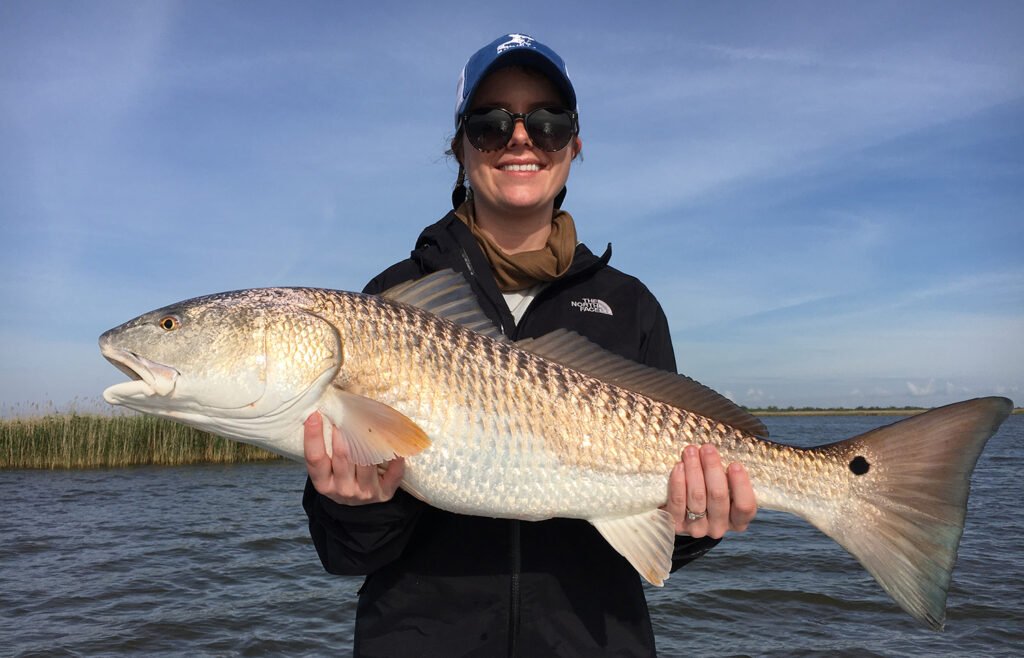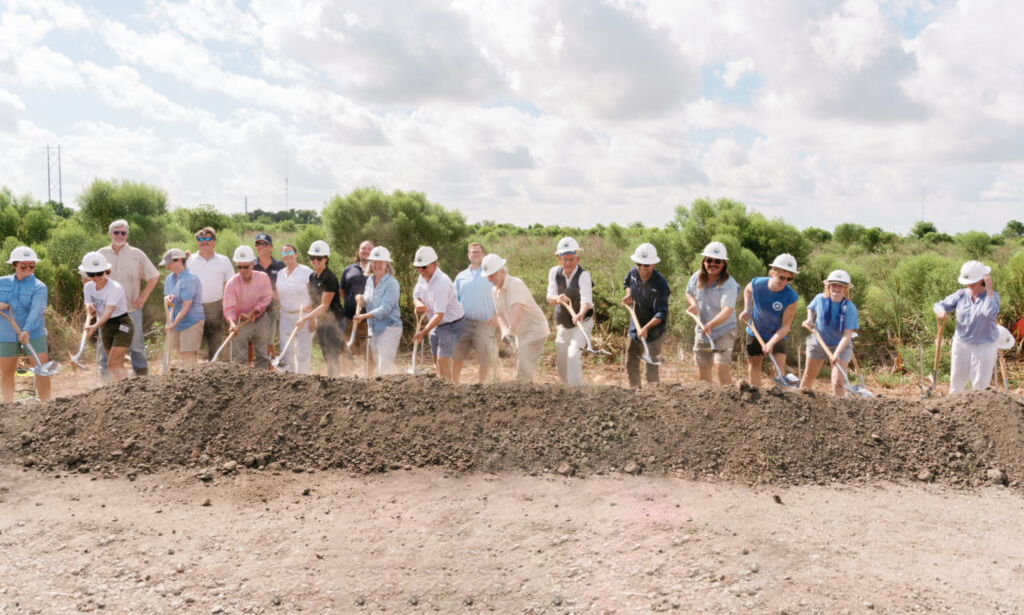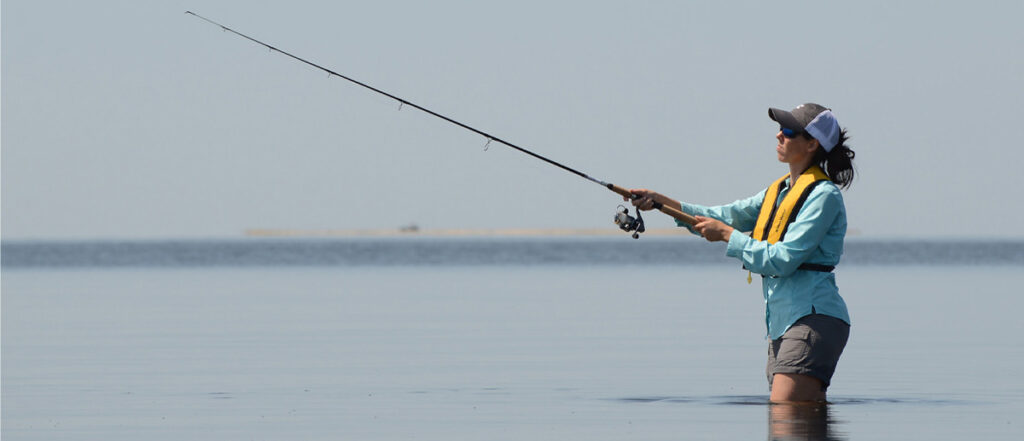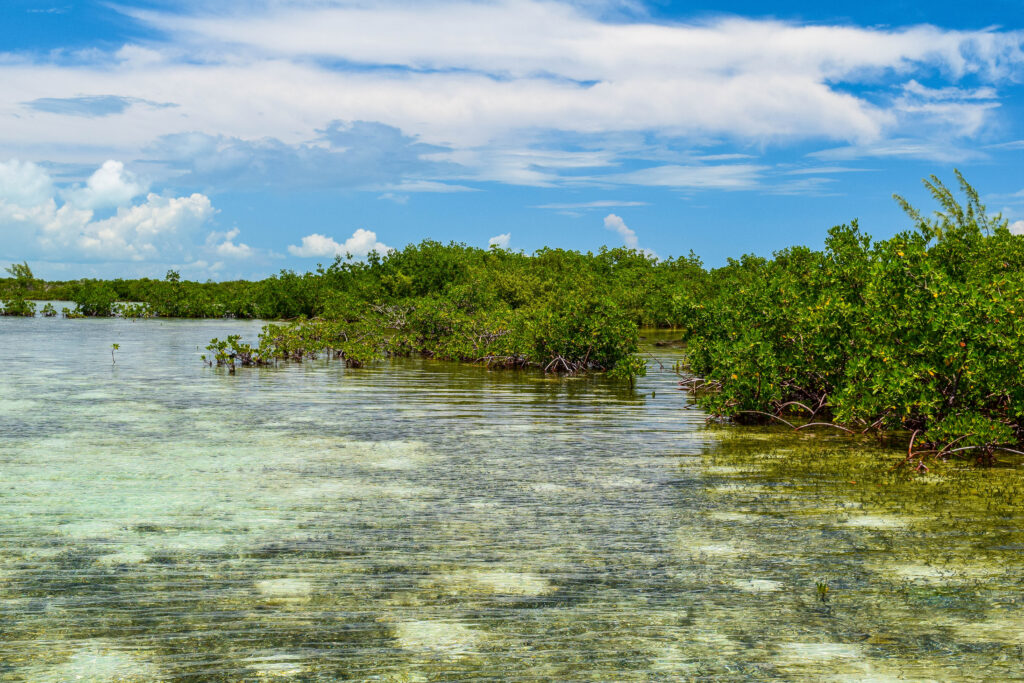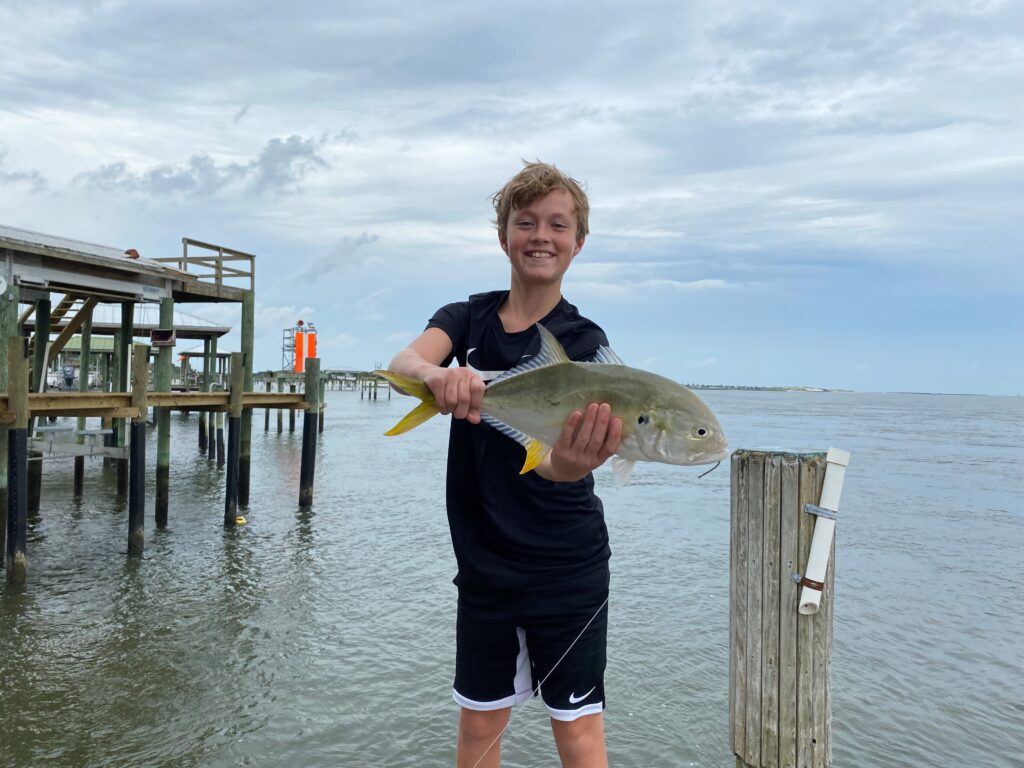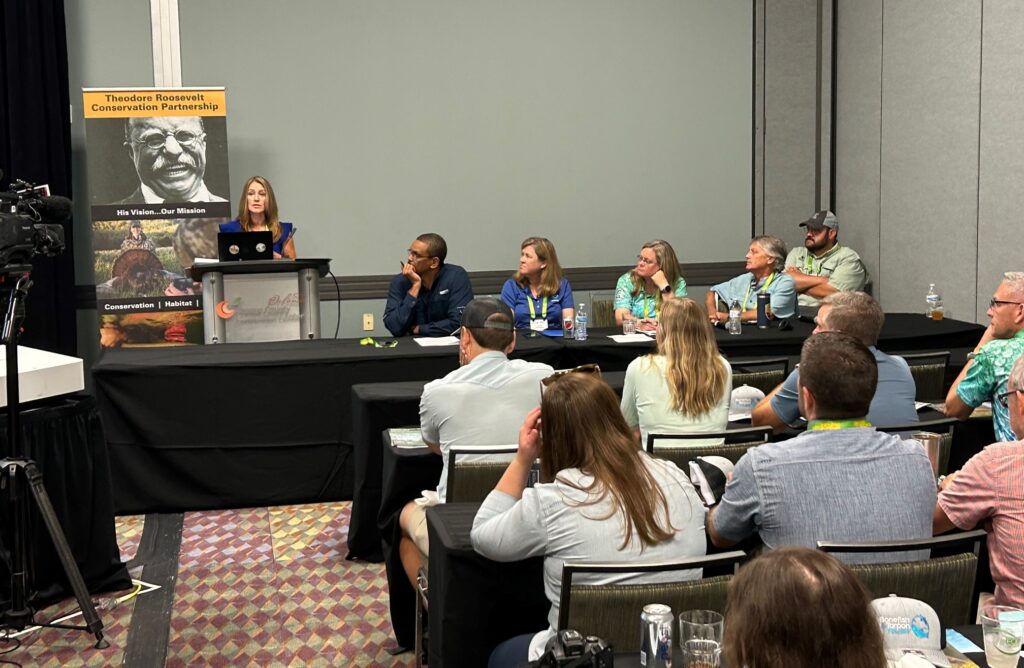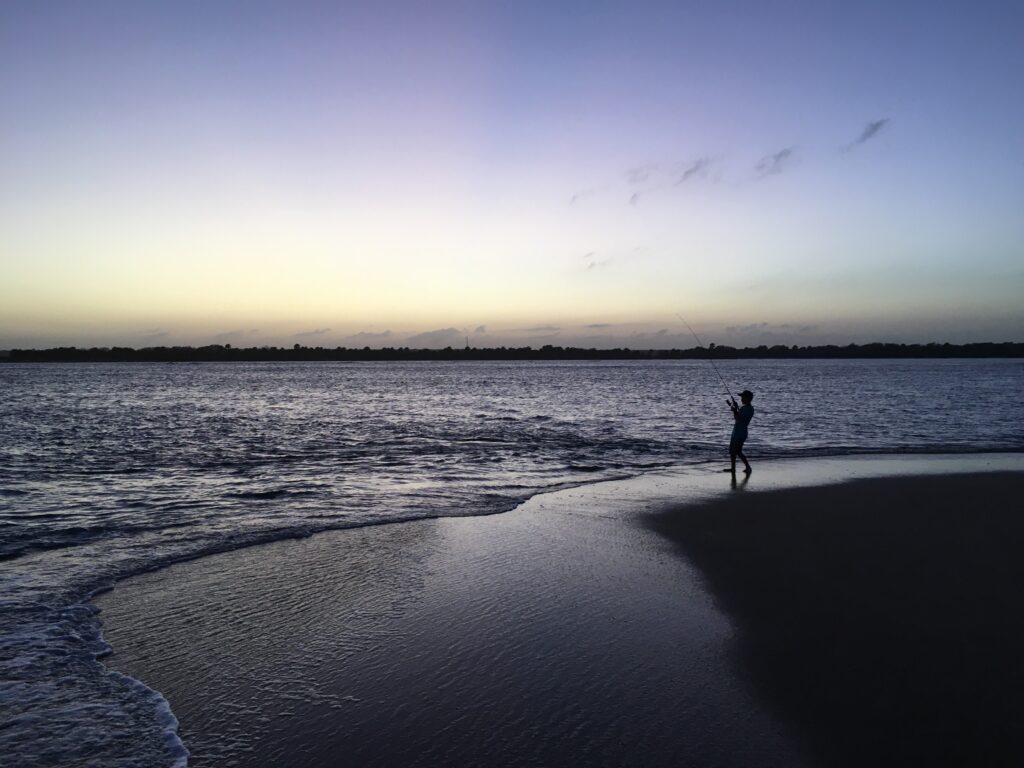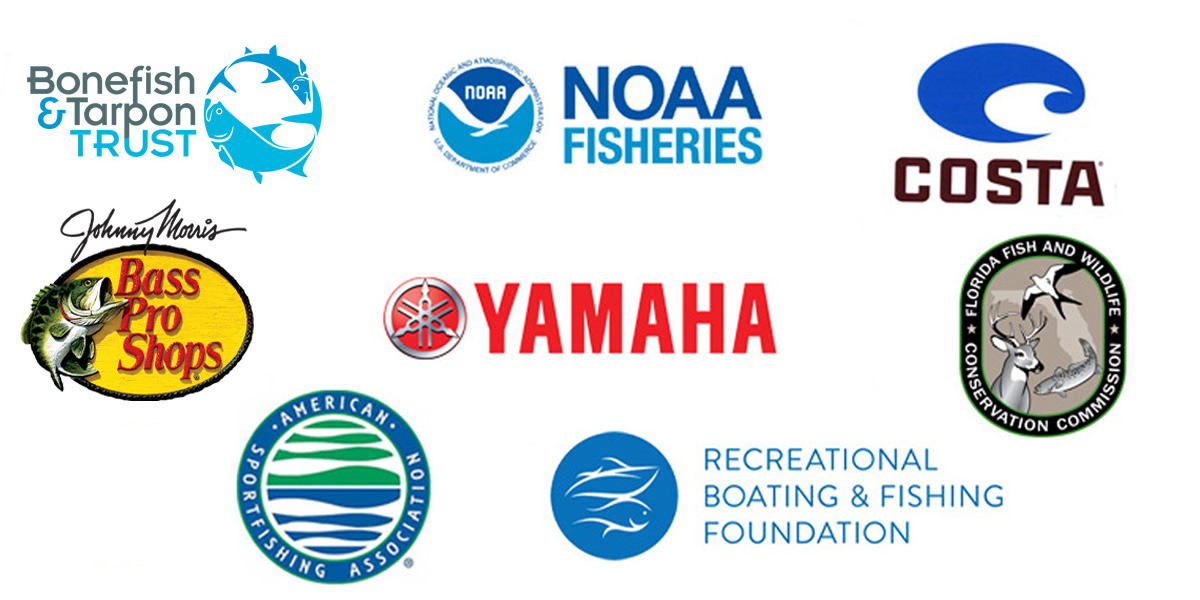Professional fisherman Ish Monroe shares his personal perspective and tips to mitigate damage to America’s fisheries from non-native threats.
I started fishing tournaments when I was 14 years old. I had a passion for competing and wanted to make it my living. In 1997, when I was 22, Bassmaster came out West and I qualified for their pro bass fishing tour. It was right then that I put everything I owned into storage and never looked back.
As a pro angler for almost the last three decades, I’ve met a lot of great people, and heard from parents how much it meant to their children to see someone with a similar look and background in this sport.
Because fishing is not only my livelihood, but my passion (I love to saltwater fish for fun, and just got back from an offshore tuna fishing excursion), I pay attention to threats to angling in America. One of the biggest, least understood, and most difficult to address threats arrived in this country a long time ago. I’m talking about aquatic invasive species (AIS).
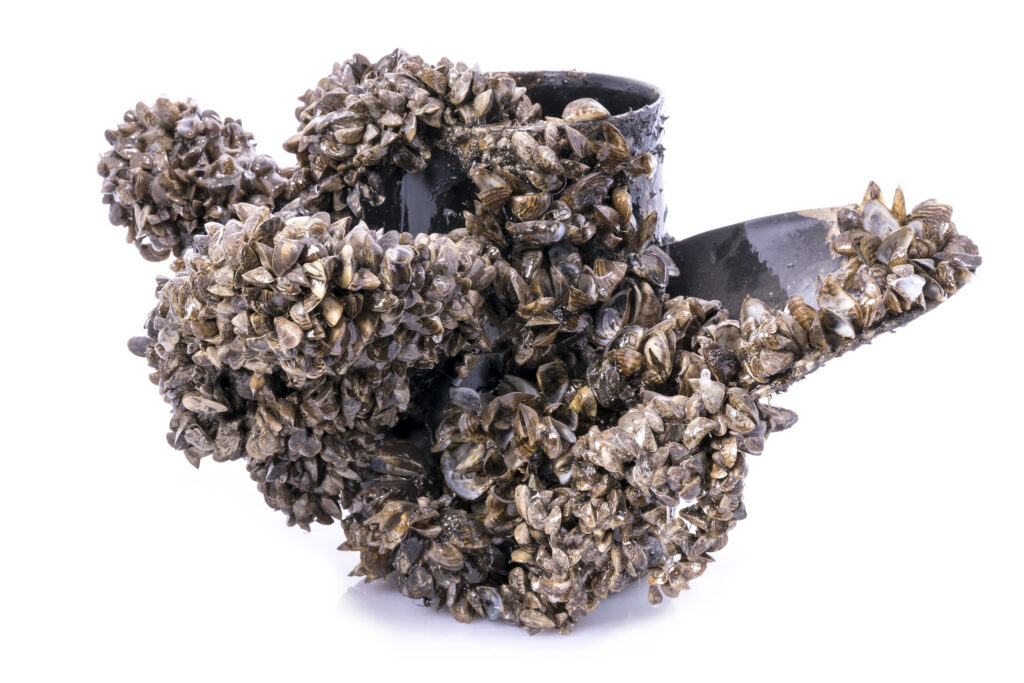
AIS Are Everywhere
In America, AIS issues range from well-known Asian carp and zebra mussels in the Midwest to lake-choking hydrilla out West, and from sunlight-blocking water hyacinth down South to northern snakeheads and blue catfish in the Chesapeake Bay. If you’re a recreational angler, and especially if you own a boat, there’s a very good chance you’ve already encountered some of these aquatic invasives.
You may know what I’m talking about – you’re in a state that is dealing with zebra mussels or quagga mussels, and you need to pull your drain plugs and be sure livewells are totally dry before you go to another body of water to fish. In California, where I’m from, if you don’t follow these procedures your boat goes into quarantine. But this initiative is critical to preventing further spread of these mussels.
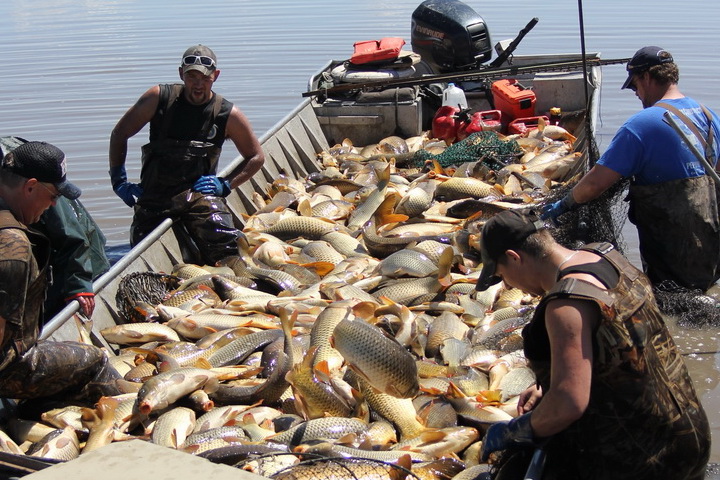
AIS problems represent a huge hassle for anglers and aren’t something we can ignore. If unaddressed, the problems only get worse. Invasive mussels will eventually clog up drinking water or irrigation pipes. Snakeheads will eat everything, from the fish we catch to the prey items in their diets. Invasive vegetation will degrade the habitat of native fish.
And then there are Asian carp.
These invasives, which come in multiple species, including silver and bighead carp, remove plankton that normally provide forage to native bait species. Also, when the bass are in a spawning area, the carp can ruin the beds they’re spawning on with their gluttonous feeding habits.
These carp also leap out of the water when they’re agitated, and I’ve had them fly right into my boat. Imagine going down the lake at 60 miles per hour and having one jump up in front of you. People actually get hospitalized for this.
Invasives Cost Billions of Dollars, Hurt Communities
Maybe the biggest threat aquatic invasives present is the financial burden they put on federal and local economies. Our federal government alone spends an estimated $2.3 billion annually to prevent, control, and eradicate domestic AIS issues. In fact, AIS cause $100 billion worth of damage per year in the U.S.
Those are only big-picture costs. Fishing supports communities, and sometimes the real damage from invasives occurs at a more local level. When AIS take over an area, the fishing gets bad. When fishing gets bad, people stop fishing. Entire communities suffer.
The only good news about the economic damage AIS problems cause is that it has forced politicians and other decision-makers to take notice. People won’t get behind AIS battles unless the economics and dollars are there.
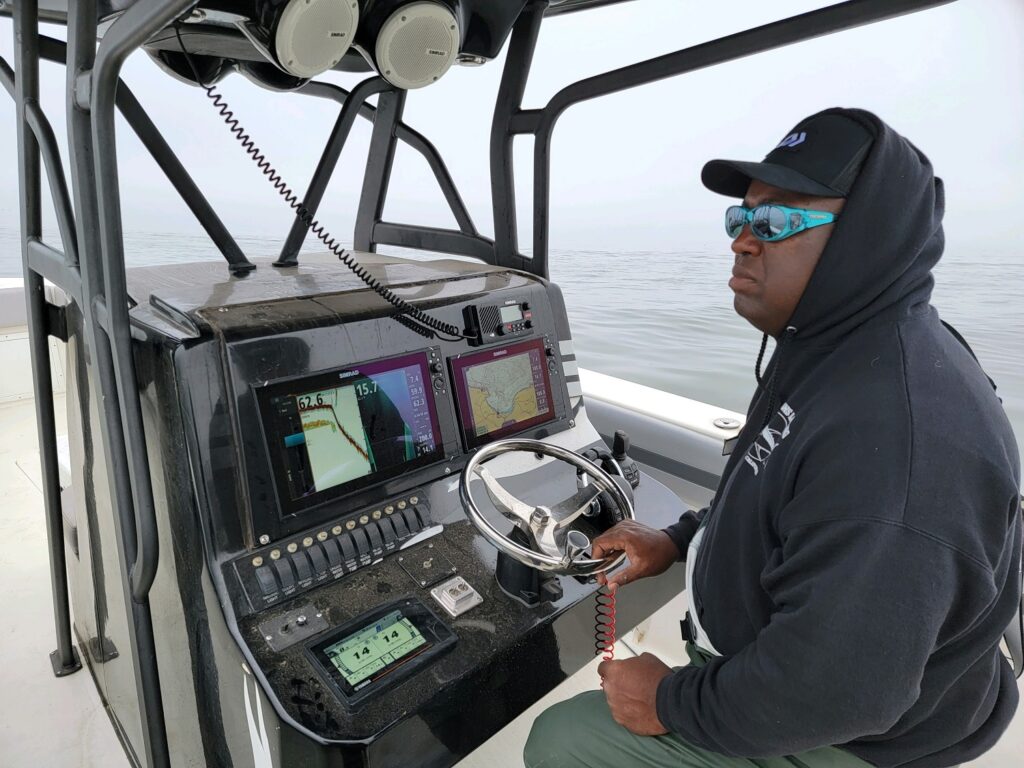
Management & Control of Invasives
Clearly there’s good reason to want to control, or at least mitigate the damage from, aquatic invasives. The best option is to never allow an exotic species to move into a body of water in the first place. We all play a part in preventing future spread.
Once AIS establish themselves, full eradication is often the ideal solution, even though in most cases it’s not financially feasible or practical to implement. Species like zebra and quagga mussels, and fish like freshwater Asian carp and lionfish in our oceans, offer little benefit to North American environments. If possible, we want to remove them. That’s much easier said than done, however. The best thing is to never allow invasives to gain a foothold in a waterway in the first place.
Myself and other pro anglers on the circuit, along with our sponsors, are already doing our part to help deal with AIS issues. Bassmaster’s Bass Anglers Sportsman Society (B.A.S.S.) offers great information to pro anglers on how to reduce the spread of invasives, and also is now officially part of the national Clean Drain Dry Initiative. And Yamaha Rightwaters, the number-one program where I work on conservation issues, does more than just waterway clean-ups, like the Tennessee River Beautiful effort I’m involved with. Among the program’s initiatives is a national AIS Commission convened with partners like the Theodore Roosevelt Conservation Partnership.
Diverse AIS Commission Sets Priorities
In 2021, the TRCP worked with Yamaha Rightwaters and other partners to form an AIS commission to improve the prevention, control, and mitigation of aquatic invasives. I chose to be on the commission because I see where things are going with tournament bass fishing, and if I don’t do something to help it could eventually go away.
It was a difficult but great process to try and wrap our minds around such a big issue. Among our recommendations, which were finalized in 2023, were the need to modernize federal law and policy, increase targeted federal funding, maintain access to water for anglers, and increase public education and engagement.
And that’s where you and other anglers come in. Please help do your part to help prevent further AIS spread, to benefit fish populations and our collective angling experiences.
How You Can Help Stop the Spread of Invasives:
- Follow the “Clean, Drain, Dry” rule. Don’t’ transfer water from one place to another.
- Be educated about AIS in your area. Know what you should or shouldn’t do.
- Get involved. Volunteer, follow an advocacy like Yamaha Right Waters, and let your elected officials know you expect them to address AIS issues.
- Consider organizing or entering a competition that focuses on AIS removals (and have fun in the process).
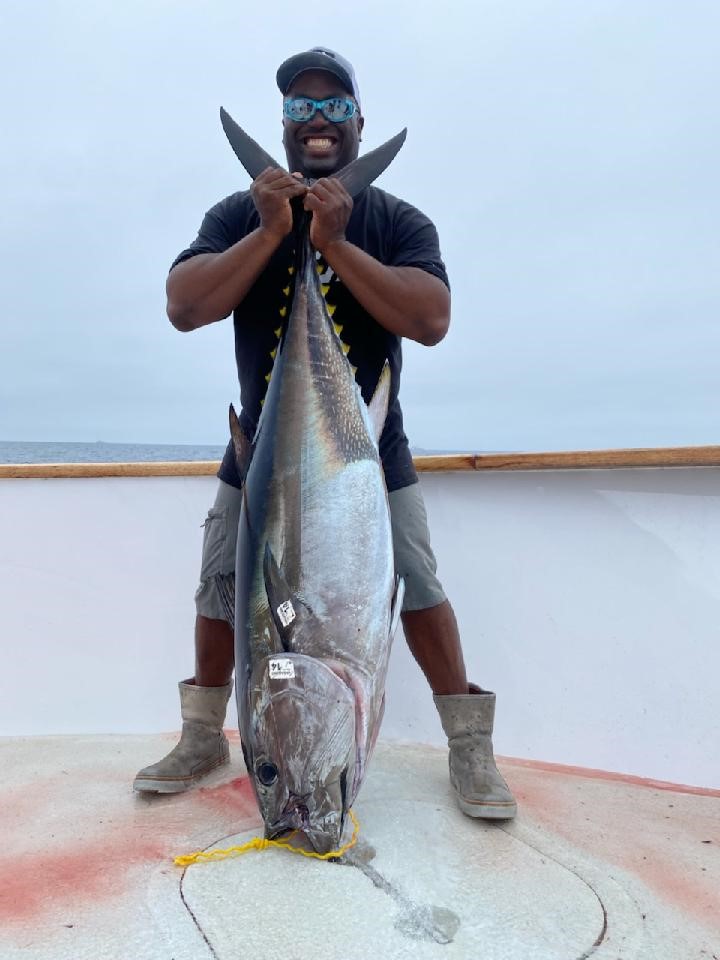
Ishama “Ish” Monroe is a professional bass fisherman with nine career wins, five of them being on the B.A.S.S. tour. He has earned $2.4 million in lifetime prize winnings. Sponsored by Yamaha Motor, Bass Pro Shops, Simms Fishing, Ranger Boats, and other big names in the angling industry, he is based in northern California but competes and volunteers nationally.
Learn more about the AIS Commission and its recommendations here.


